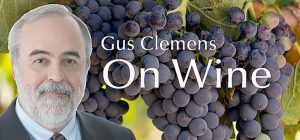Deep ruby color; dark fruits, blackberry, dark cherry, raspberry, plum, blackcurrant, mocha, earth, smoke, leather, oak spice on the nose and palate. Continue reading “Masciarelli Montepulciano d’Abruzzo Red Wine DOC 2020”
Month: July 2024
San Simeon Sauvignon Blanc Paso Robles 2023
Pale straw color; pear, lemon-lime, white peach, yellow apple, honeydew melon, white peach, minerality, white flowers on the nose and palate. Continue reading “San Simeon Sauvignon Blanc Paso Robles 2023”
Your taste buds 7-31-2024
Tasting science used to be so simple. Alas, no more.
Back in 1901, a German scientist opined various taste receptors were orderly segregated on your tongue in specific places. Sweet on your tip, salty on the sides, sour behind them, bitter in the back. Nice, neat, wrong.
Modern science—the flawed German study is from 1901—confirms the perception of taste is remarkably complex and not limited to your tongue. Judging flavors is deeply integrated into what is good for you to eat and what is not, so it should be no surprise that hundreds of thousands of years of tasting experience created a complex and extremely sophisticated human palate. If it had not, you and I would not be around to read about this.
Yes, it does start with the tongue. Sensors alert the brain when they encounter nutrients or toxins. Pleasure or poison is the first threshold. Horrible, you instinctively spit it out. But your response does not stop after that initial pass-fail taste test. When alerted, your gastrointestinal tract, liver, pancreas, fat cells, brain, muscle cells, and lungs also spring into action. Your tongue taste buds alert your body in the same way an airport system responds to an airplane coming in for a landing. Your tongue may be the control tower, but it only sets everything else into motion.
Ivan Pavlov, a Russian physiologist who won a Nobel Prize for his studies on digestion in 1904, showed lumps of meat placed directly into a hole in the dog’s stomach would not be digested unless he dusted the dog’s tongue with some dried meat powder to start things off. Dog food, wine. Who knew they would be connected?
I do not know of scientific studies to back me up, but I assert there is a connection between wine—essentially liquid fruit—and your body’s collective response to nourishment. Wine has complemented our food for at least 8,000 years, likely longer. When human beings find something that works, they tend to expand upon it.
Cheers.
Tasting notes
• Rainstorm Pinot Gris, Willamette Valley, Oregon 2022: Bright, fresh with good tartness, citrus. Delightful wine with the tartness and acidity to pair well with lighter fare. $16-18 Link to my review
• Ramōn Bilbao Verdejo, Rueda 2022: Crisp, fruity, refreshing. Bright, inviting, vibrant pleasure in the mouth. $18-23 Link to my review
• Becker Vineyards Prairie Cuvée, Texas High Plains 2019: Light, refreshing, full fruity flavor. Classic Rhône blend using Texas-grown grapes by substantial player in state’s ascendency in the wine world. $25 Link to my review
Last round: Commas are so very important. “Your dinner” (no comma) leaves you nourished. “You’re dinner” (comma) leaves you eaten. Wine time.
Compris Vineyard Midnight Journey Syrah, Chehalem Mountains AVA 2021
Medium purple color; blueberry, dark cherry, blackberry, raspberry, blackcurrant, coffee, black pepper, meat on the nose and palate. Continue reading “Compris Vineyard Midnight Journey Syrah, Chehalem Mountains AVA 2021”
Viña Santa Rita Triple C Estate Bottled Red Wine, Maipo Valley, Chile 2020
Deep ruby color; black cherry, blackberry, plum, blackcurrant, raspberry, licorice, bell pepper, oak, chocolate, spice on the nose and palate. Continue reading “Viña Santa Rita Triple C Estate Bottled Red Wine, Maipo Valley, Chile 2020”
Balletto Vineyards Chardonnay, Russian River Valley, Sonoma County 2019
Medium straw color; green apple, citrus, peach-pear, lemon, bread, oak, vanilla, butter, spice, nutmeg on the nose and palate. Continue reading “Balletto Vineyards Chardonnay, Russian River Valley, Sonoma County 2019”
Northstar Winery Cabernet Sauvignon, Columbia Valley, Washington 2020
Deep ruby color; black cherry, raspberry, blackberry, plum, vanilla, cedar, chocolate, oak on the nose and palate. Continue reading “Northstar Winery Cabernet Sauvignon, Columbia Valley, Washington 2020”
J. Lohr Los Osos Merlot, Paso Robles 2021
Deep ruby color; black cherry, plum, blackberry, redcurrant, pomegranate, violets, oak, baking spice, chocolate on the nose and palate. Continue reading “J. Lohr Los Osos Merlot, Paso Robles 2021”
Firriato Cavanera Rovo Delle Coturnie Etna Rosso, Sicily 2018
Deep garnet-ruby color; dark cherry, plum, blackcurrant, raspberry, minerality, pepper, oak, vanilla, leather, earth, smoke on the nose and palate.
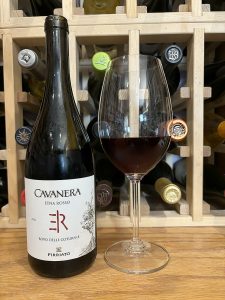
Dry; medium-plus, grippy tannin balanced by high acidity. Bold, full body, earthy, assertive. Made with nerello mascalese grapes grown in the volcanic soil on the north side of the Mount Etna volcano near the municipality of Castiglione di Sicilia. Grapes manually harvested, fermented in temperature-controlled stainless steel, full malolactic fermentation (conversion), then aged for minimum of nine months in French oak tonneaux. 14% ABV
Nerello mascalese is a very dark-skinned grape grown almost exclusively on the volcanic slopes of Mount Etna. The soil provides nerello mascalese’s signature minerality. It sometimes is compared with pinot noir, but more assertive, bold and tannic. Also compared to zinfandel with its dark fruitiness, but bottom line is it is its own wine with a distinctive, rich, burly character. Distinctive. Fully expresses the terroir of Mount Etna. Improves with air exposure, consider decanting.
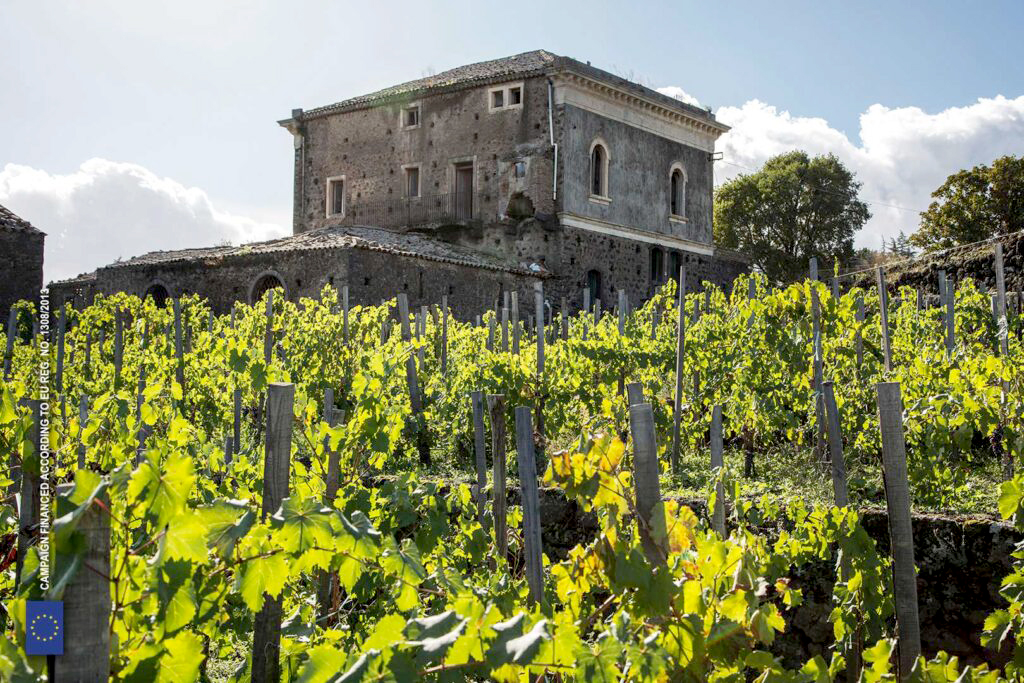
Firriato, located in the rustic countryside outside Trapani, Sicily, has long been advocate for relaunching Sicily’s ancient vines, such as nerello mascalese. The winery takes its name from the rural culture of western Sicily. The term “firriato” refers to the close area around the main house. In Italian the term means “enclosed.” That said, these grapes come from the northeastern end of the island on the shoulders of Mount Etna, the defining element of Sicily.
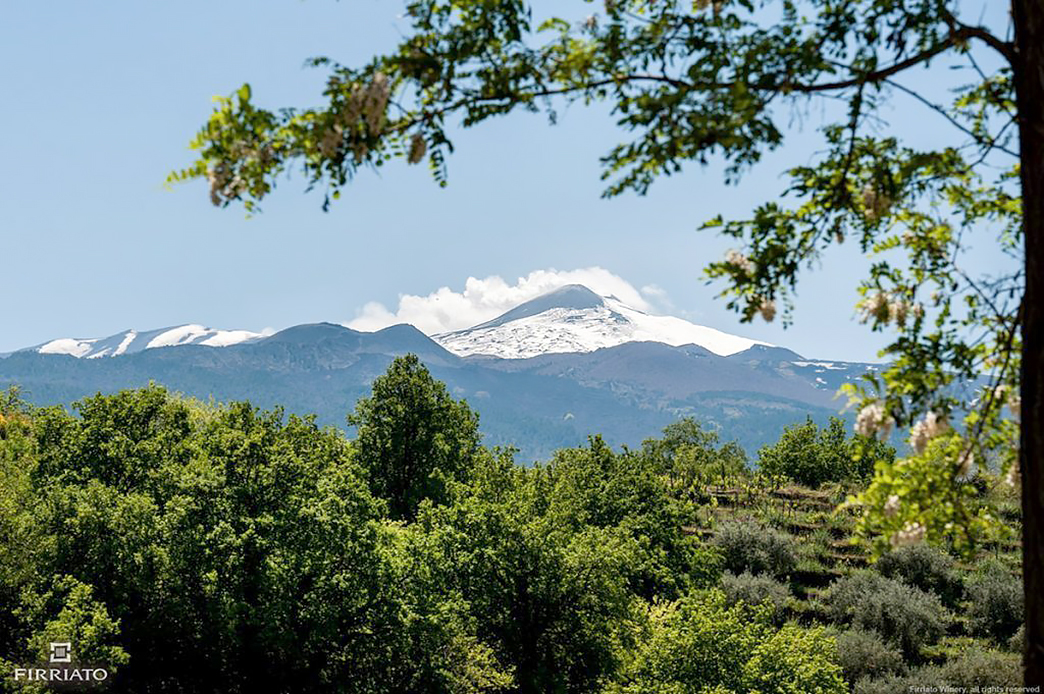
The website notes: “The classical notion nomen est omen, that is the theory that a name can have a significant role in determining key aspects of something or someone, has proved right once more, because the FIRRIATO wine production takes inspiration from the French term clos and Piedmont term girato. Behind a great wine there is always a great wine-producing territory with characteristic soil and climate conditions. All of Firriato’s agricultural estates have a distinguishing feature connected with the exposure, microclimate, soil composition or ventilation. Each one expresses its own identity. This diversity is an asset that must be protected and enhanced from soil to bottle.”
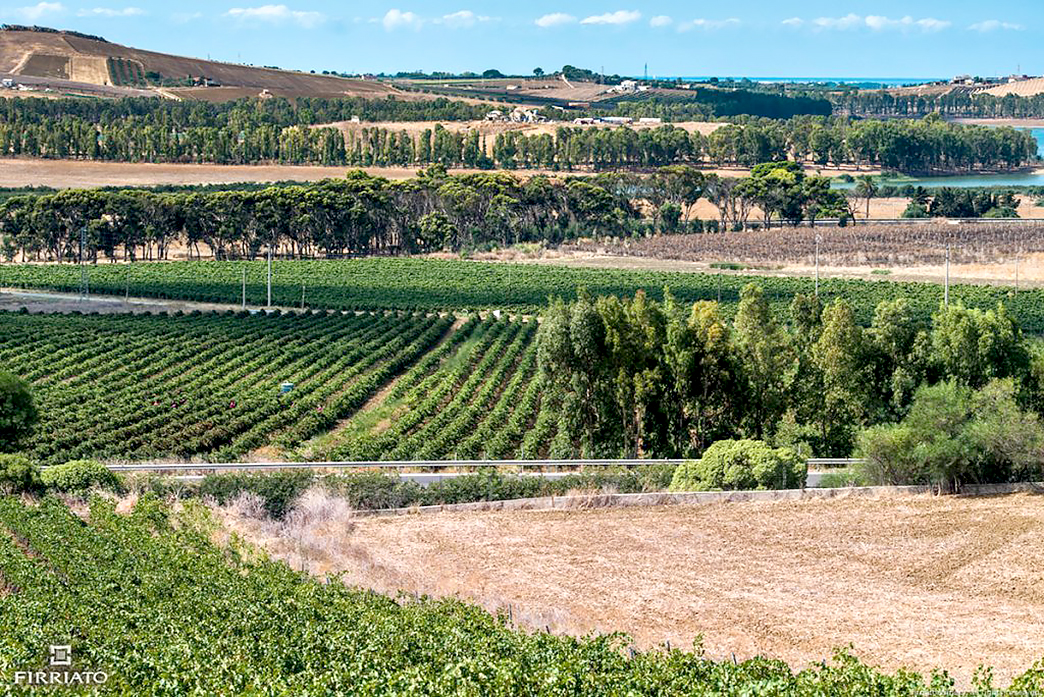
Firriato Cavanera Rovo Delle Coturnie Etna Rosso, Sicily 2018 is rich, distinctive, big from classic Mount Etna grape. Fulsome dark red flavor parade; impressive length. Firm, lingering tannins. Big boy red wine vividly reflects minerality and power of Sicilian red wine. Pair with rich beef dishes, grilled steaks, barbecue; lamb; pasta dishes with tomato sauces; seafood—grilled sardines, fish stew; grilled vegetables—eggplant, mushrooms; poultry in tomato sauces; pork with rich sauces. Cheese—excellent with Sicilian cheeses pecorino Siciliano, caciocavallo; chèvre, ricotta, mozzarella, burrata, fontina, asiago, havarti; hard/aged cheese—provolone, bruyère, comté; gorgonzola, brie, camembert. $37
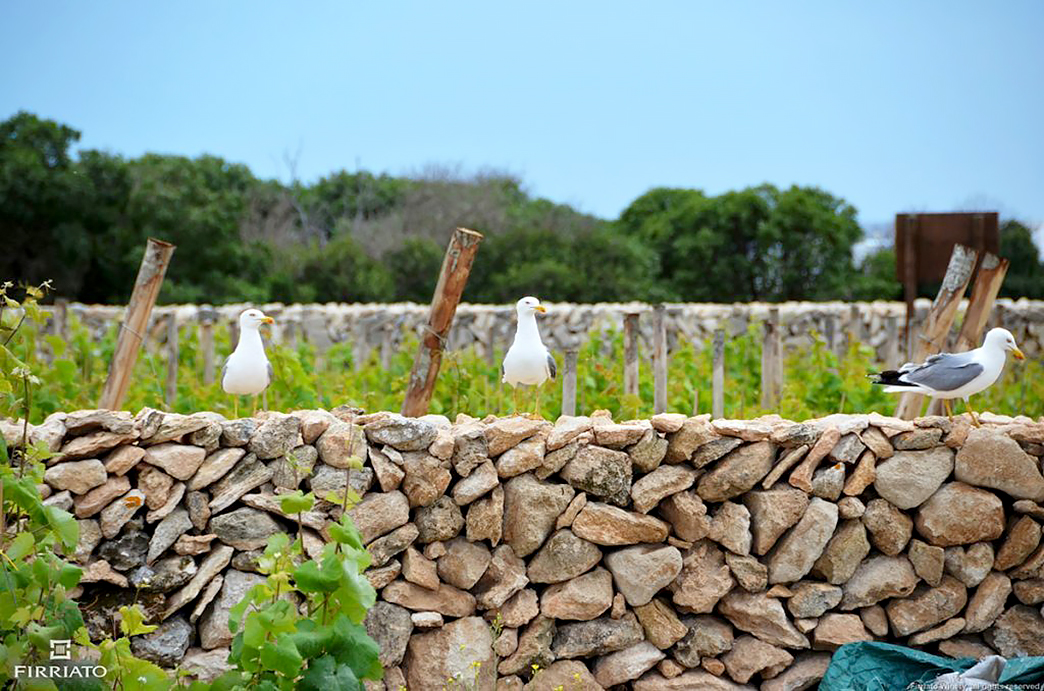
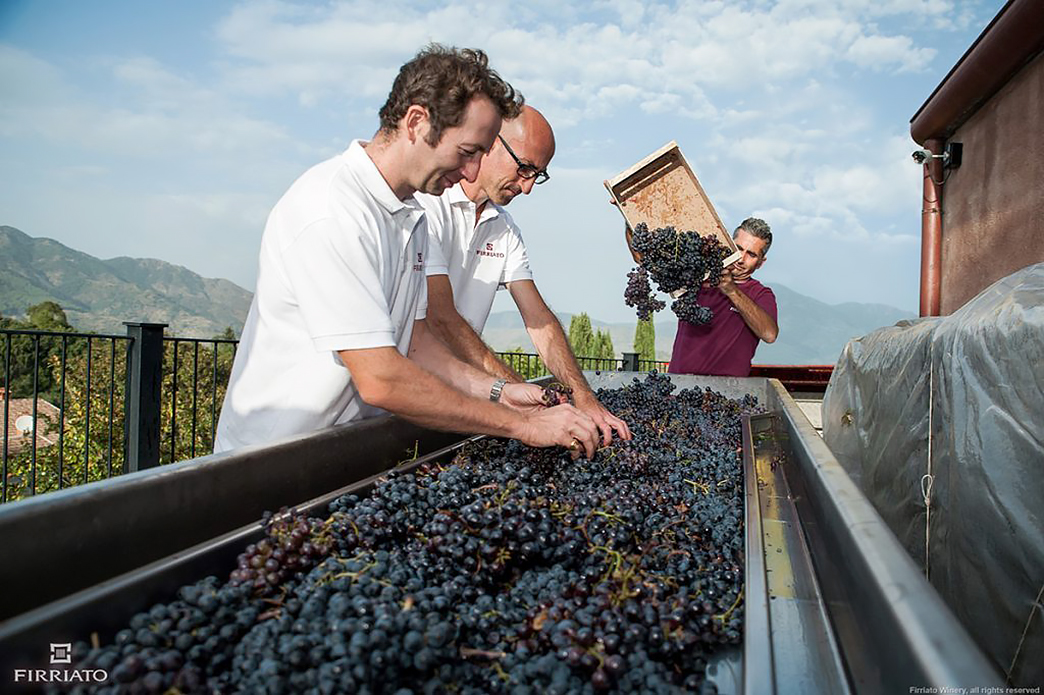
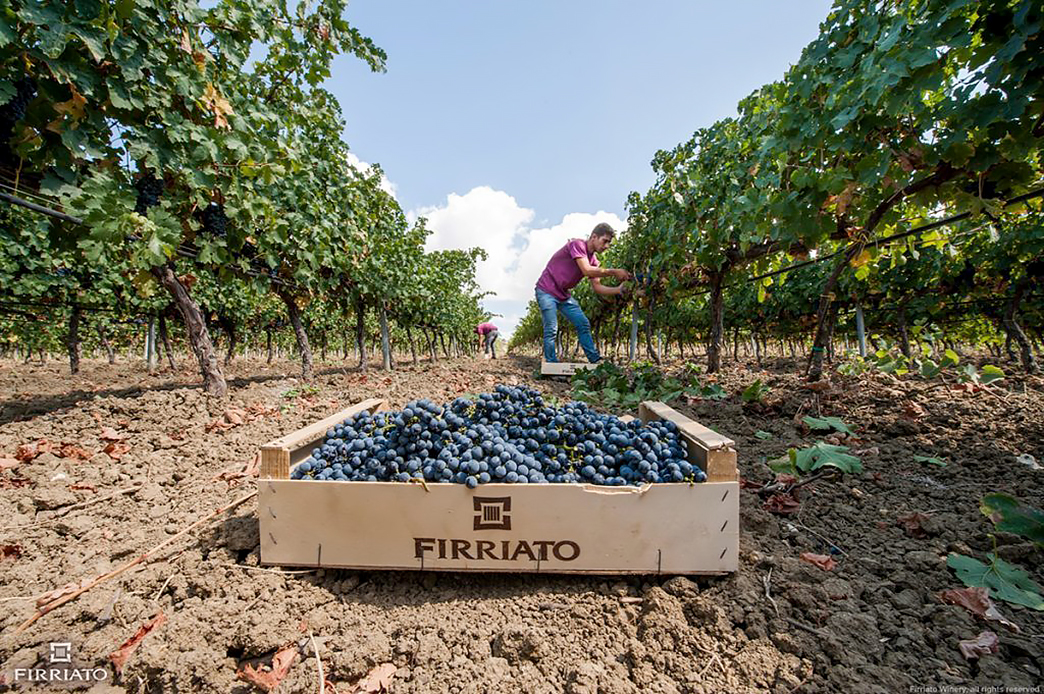
Underage direct to consumer 7-24-2024
Direct-to-consumer (DtC) wine shipping enjoys exponential growth. This is a great and welcome boon to wine makers, especially smaller ones who effectively are ignored by mega wholesalers. Continue reading “Underage direct to consumer 7-24-2024”

